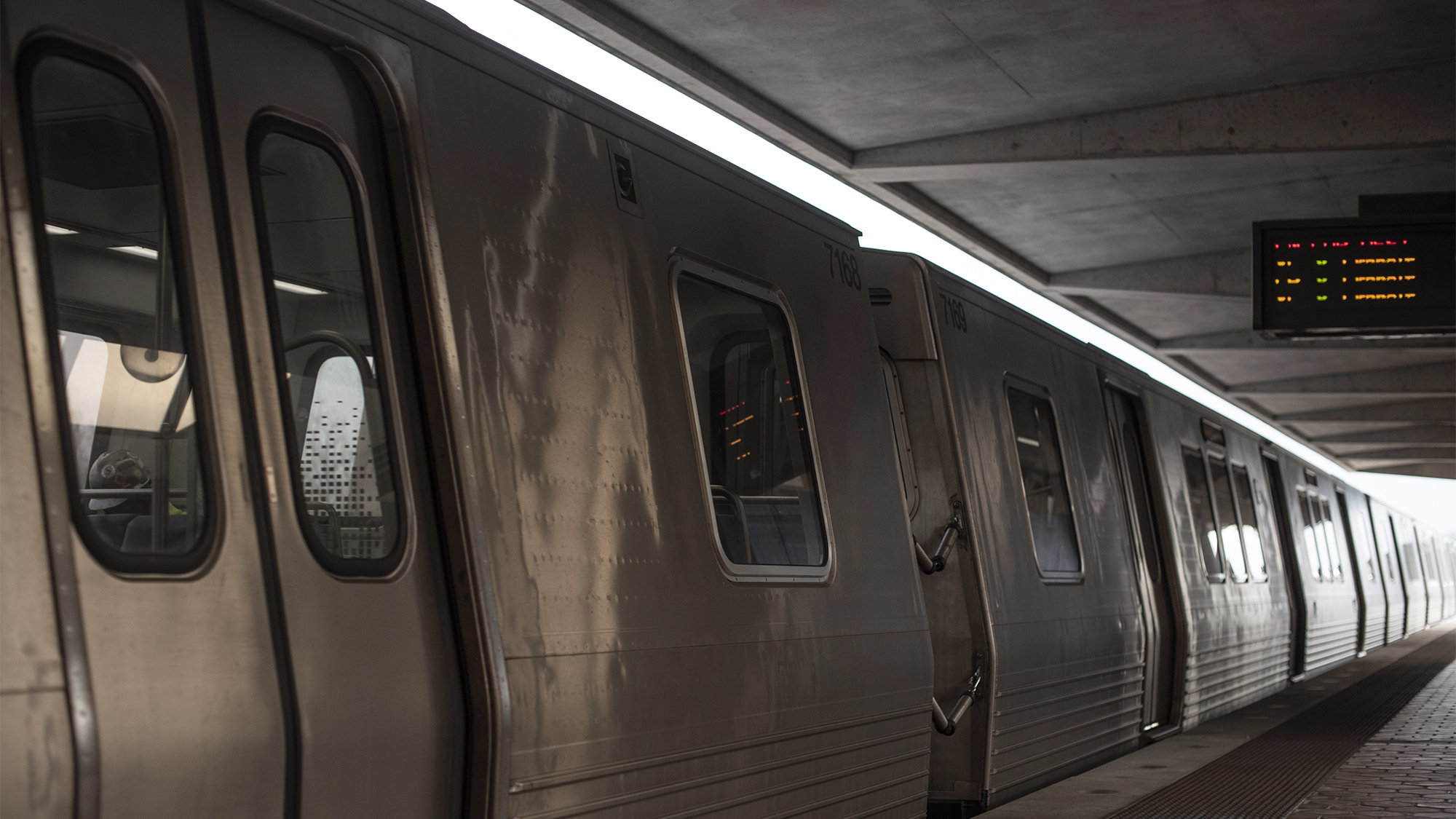Views expressed in opinion columns are the author’s own.
Functioning and efficient public transportation is basically my childhood fantasy. Growing up in suburban Ohio, which doesn’t have a lot of public transportation, I never connected the grungy buses that city residents used with the futuristic public transportation I saw on TV, like the mail chutes from Avatar: The Last Airbender or the bubble transports in Meet the Robinsons.
I thought public transportation in the future would be an efficient system of green vehicles and beautiful architecture. But it’s the future now, and I’m disappointed to report that the United States only has outdated and, frankly, quite awful public transportation systems.
The reputation of American public transportation has always been disheartening, but it’s especially bad right now during the pandemic. However, our attitude about public transportation is even more depressing than its reputation. We treat it like it’s some social welfare program for the poor, which breaks my heart, because that’s not what public transportation should be.
Public transportation has the potential to be what seven-year-old me thought it was: magical and transformative. Luckily, President Joe Biden has indicated that infrastructure overhaul will be part of his administration’s plans. But we need more than an overhaul; we need a new vision. And the new transportation secretary, Pete Buttigieg, has the potential to make “generational change.”
I want him to think big and bold. Though our public transportation is getting old, it’s still functional, so we’re at a crossroads. He can either let our transportation systems continue to crumble away into obsoletism over the next couple of decades, or he can completely reinvent it into a system of arteries that powers economic growth and opportunity throughout the country.
Buttigieg’s new home, Washington D.C., provides a clear example of both the current issues and a potential new vision for public transportation. It’s been half a century since the Washington Metropolitan Area Transit Authority began building D.C.’s metro system. Understandably, technology and global issues have changed. Our vision for public transportation should also change to reflect growing problems of climate change, economic inequality and social polarization.
When I walk around D.C. Metro stations right now, there’s a gray concrete theme, sometimes accompanied by interesting industrial smells. But it doesn’t have to be that way! On top of the well-known carbon-emission-cutting benefits of public transportation, we could turn our bus and train stations into artificial carbon sinks. We could decorate our stations with vines and flowers, throw a community garden on the top or even turn the roof into an urban park.
Public transportation is also a canvas for artistic and cultural statements. Like Stockholm’s Tunnelbana art, we can hire artists to transform these spaces into reflections of each community. I will forever think of downtown Silver Spring as a bunch of busy penguins for the giant penguin mural that graces its bus station, so I wonder how other communities could represent their personalities.
And it’s not just the environment and community art that benefit from a new vision of public transportation. Low-income families benefit immensely from expanding public transportation. Transportation is unsurprisingly tied to housing access, employment, education and health care. How are you going to get to work, school or the hospital if you cannot physically move yourself there? Many low-income families cannot afford to own a car, so they have to count on public transportation, which isn’t always reliable nor affordable. Additionally, long-distance public transportation, like Amtrak, connects rural communities with cities, giving people better access to job opportunities. In turn, access to necessities — education, income and shelter — allow people greater economic mobility.
This isn’t even mentioning the job creation that would result from building and maintaining reformed public transportation infrastructure. As opportunities for traditional blue-collar jobs are disappearing, public transportation infrastructure projects can employ people who are unable or unwilling to shift to other types of work.
Similarly, increased economic mobility decreases social polarization. By connecting poor and affluent and rural and urban, public transportation can increase interactions between people from different communities. Small towns can be revitalized if long-distance transportation becomes more efficient. People could raise their children in smaller communities that are (arguably) better environments for starting families while simultaneously holding jobs in cities that are currently a few hours away.
That’s just a small fraction of the benefits we could reap from completely rethinking public transportation. We shouldn’t just stop at high-speed rail, more miles of Amtrak track or community art on station walls. I hope that Buttigieg can help change our perception of public transportation from social welfare to a reflection of the best parts of our society.
He faces many challenges, most notably lack of funding and stubborn political opposition. The nation’s perpetual infrastructure issues are no secret, but there is too much at stake here to fail. Instead of a steep slide down to dysfunctional public services, we can begin a climb toward a more vivid future. Buttigieg has to push forward and start making change, or else I’m afraid we consign the dreams of the little child inside us to death.
Jessica Ye is a freshman government and politics and mechanical engineering major. She can be reached at jye1@terpmail.umd.edu.



